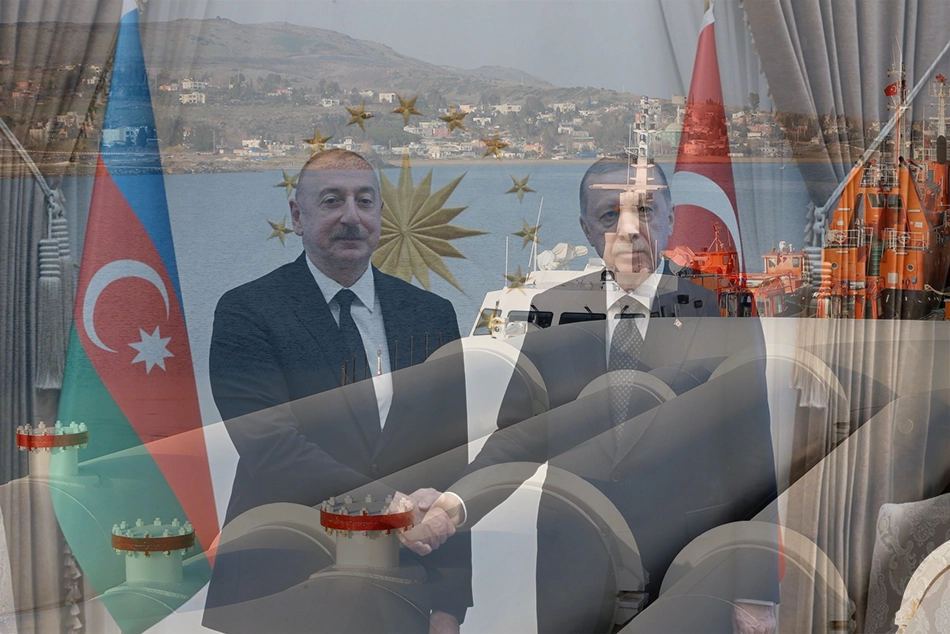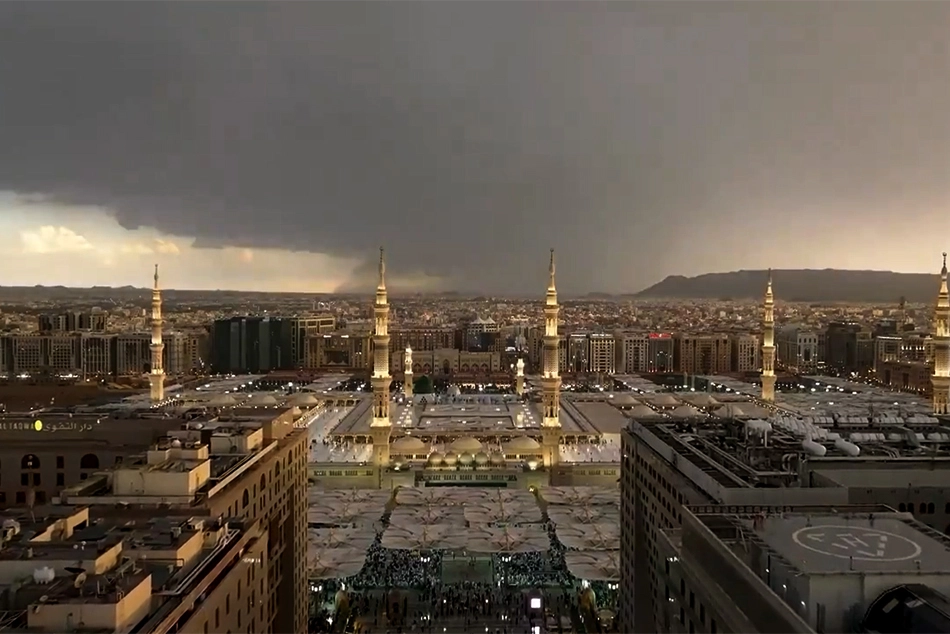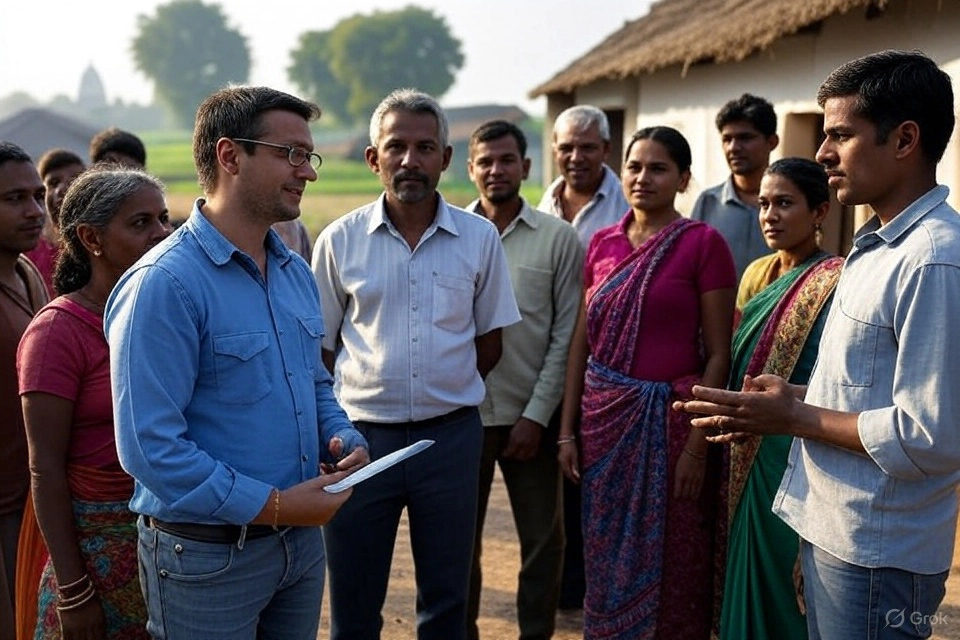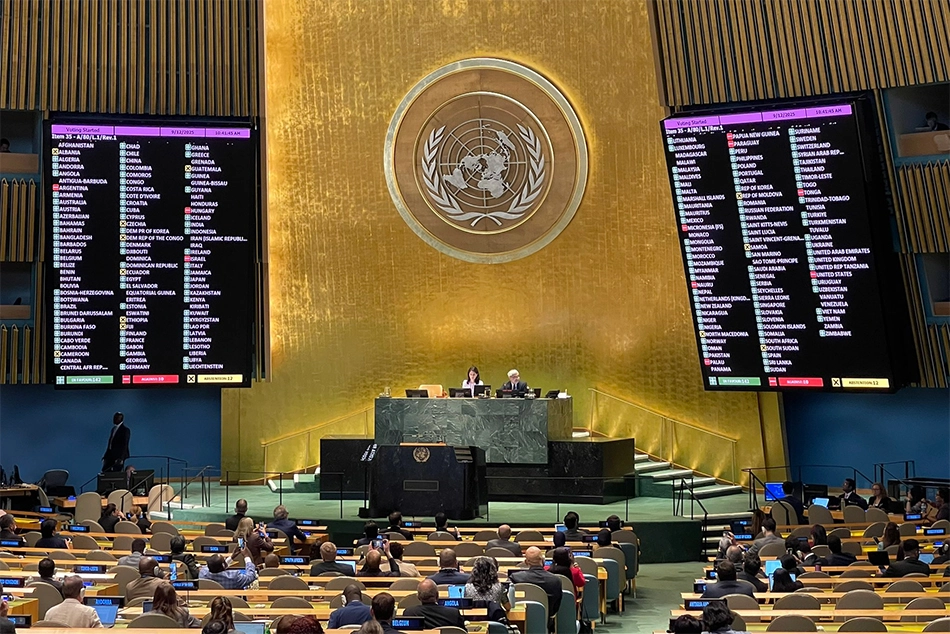
SC Interim Order on Waqf Act: The Battle is Not Over Yet
Indian Muslims must remember, the battle is not over yet; the Supreme Court’s freeze will remain in place till all of the nearly 65 petitions against the Waqf Act are conclusively decided
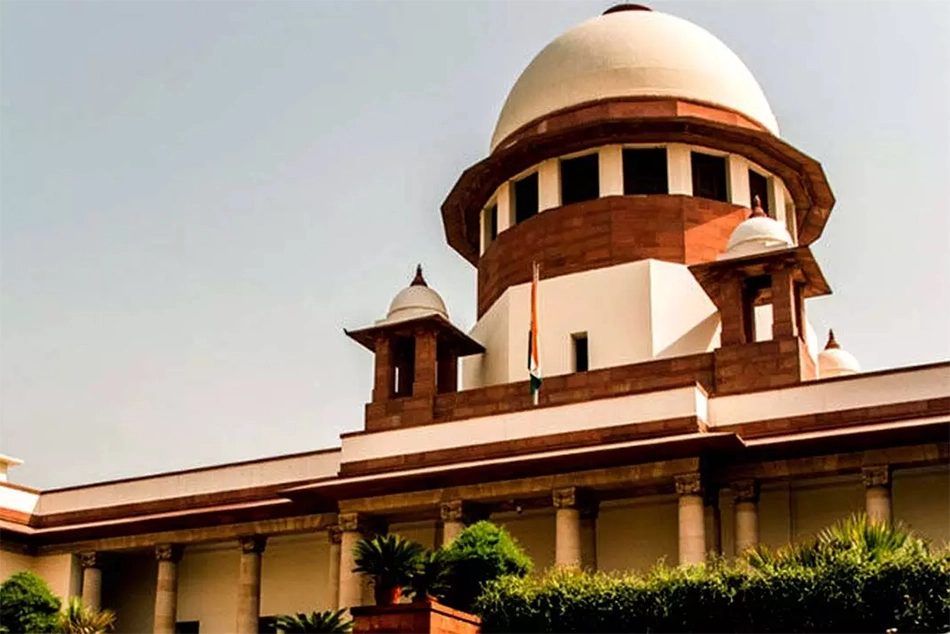
In a much-anticipated decision by the country’s Supreme Court on the contentious Waqf (Amendment) Act 2025, the court treading on very sensitive ground, granted relief to the Muslim petitioners on three provisions of the new Act. The Muslim petitioners back-slapping each other have described it as their ‘victory’.
The Waqf (Amendment) Act 2025 passed by the Parliament earlier this year in April, came as a God-sent opportunity for the Muslim leaders and organisations, to heave a sight for their resurrection. Slapped earlier by the same government on the Triple Talaq issue by bringing-in the Muslim Women (Protection of Rights on Marriage) Act, 2019, the Muslim leadership and Muslim organisations had completely lost their credibility and even the will and stamina to counter any offensive of the current right-wing government against the Muslim community.
The reason for this lethargy and complacency was because so far, they were endorsing wrong religious interpretations or assumptions, so as not to alienate the wider Muslim community against them.
Instead, just like the Triple Talaq issue, if they had given a sincere alternative to the proposed Waqf Act, it would have resulted in a much better support to them and would have increased their credibility. But NO, till the government gave a sharp rap on their knuckles, they continued with their old and rigid stand on the Triple Talaq issue in 2019, based on only one school of Islamic Fiqh (Law) i.e. Hanafi.
If in 2025 or earlier, they had given a blueprint for better management of Waqf properties across the country and vowed before a court to abide by it, no government would have been able to get passed such anti-Muslim acts through the parliament, and Muslim leaders knew all those issues beforehand, yet took no proactive action and continued with their reactive knee-jerk responses.
But as they were standing on a false ground, and they didn’t want their followers to understand that they were misleading them on the triple talaq issue, and as in the current case many of them themselves (individuals and bodies) have been occupying Waqf properties throughout the country, they couldn’t afford to assure the government or the courts about their sincerity on these matters.
Instead what followed earlier in 2019 on the triple talaq issue, and for 69 years from 1950 to 2019 on the Babri Masjid case and in between the Shah Bano case in 1985, these leaders and organisations continued to collect donations from the poor Muslims, in the name of saving their religion, properties, monuments and laws – by fighting legal cases and not daring to say that in certain cases, apart from the Babri Masjid case, they portrayed a one dimensional interpretation of the Islamic law or Shariah.
Now let’s examine why these leaders are feeling jubilant on the five concessions granted by the government.
The first observation by the Supreme Court relates to the provision of the Section 3(r) of the Act, which requires anyone creating a Waqf to demonstrate that they have been practising Islam for at least five years. The section in itself sounded mischievous, as it related to the very ground of forming a Waqf by a Muslim being questioned. Further at present there is no mechanism available with the government to ascertain who is professing which religion, except a self-declaration. It seems to be a daunting task, and even the most efficient government or bureaucracy around the world would fail to devise such a mechanism.
The second observation made by the Supreme Court concerns Section 3C, which empowered district collectors to determine whether properties claimed as Waqf belong to the government or the Muslims. The court stayed the provision that would strip Waqf status from properties even before the collector completes their inquiry, calling it “prima facie arbitrary”.
This observation could indeed be described as a victory for the Muslim petitioners, as it curtailed the powers of the bureaucracy and it also put a stop to any futureplan of the government to take-over Waqf properties.
Under its third observation, the Supreme Court rightly balanced the decision-making power of the Central Waqf Council and 11 state boards by capping the number of non-Muslim members to a minority status.
On the other hand, the court upheld the deletion of the “waqf by user” provision, which had allowed properties to be declared Waqf based on longstanding religious use without formal documentation. This observation goes completely against the Muslim petitioners, as in our country, there would be a score of properties which do not have legal documents proving their use or ownership and in most of such cases, the user or occupier is deemed to be the owner of the property and is empowered to use the property as per his/her wish.
Moreover, under Shariah a property would not be deemed to be a Waqf property, till the time its use and change of ownership have been established either under the law of the land or the Islamic law. So, by retention of this mischievous provision, we could also make a guess about the fate of the whole Waqf Act’s future.
Lastly, the court declined to interfere with provisions declaring Waqf status void for properties that are protected monuments or belong to Scheduled Tribes. On monuments, it noted that the Ancient Monuments Acts already permit continued religious observances, suggesting no real curtailment of religious freedom.
On tribal lands, the court emphasised the constitutional obligation to protect “one of the most marginalised and vulnerable sections” of society, finding the restriction justified despite its selective application to Muslim dedications.
But if an impartial survey of Waqf properties overtaken by the Archaeological Survey of India (ASI) under the Ancient Monuments Preservation Act, 1904 or the Ancient Monuments and Archaeological Sites and Remains Act,1958, is carried out, then it would show that apart from the three leading national monuments, i.e. Taj Mahal, Red Fort and Qutub Minar, most of the other properties are decaying or not being maintained properly, many mosques throughout India are not available to Muslim worshippers, even if they could pray there, then it is only ona Friday and that too after paying an entrance fee to the ASI (e.g. Firoz Shah Mosque, ITO, Delhi).
Moreover, the revenue generated in crores is not spent on the upkeep of other protectedWaqf monuments. Reportedly, the Taj Mahal generated approximately ₹98.7 crore in ticket sales for the financial year 2023-24, according to data released by the Union Ministry of Culture.It was closely followed by Red Fort and Qutub Minar in Delhi. The Red Fort made Rs 41.3 crore from ticket sales, while Qutub Minar made Rs 30.6 crore and both are UNESCO World Heritage sites, too.
In fact, the battle is not over yet. The Supreme Court’s freeze will remain in place till all of the nearly 65 petitions against the Act are conclusively decided.
In this backdrop it would be crucial for the Muslim leaders and organisations to take a united stand against the Act, follow a common strategy, and fight the battle with a true Niyah (intention) of a victory. As our intentions always affects the results and what the Muslim community needs today is a united Muslim leadership concerned with the welfare and upliftment of the community not the petty individuals representing it.
(The writer, Asad Mirza, is a New Delhi-based senior commentator on national, international, defence and strategic affairs, environmental issues, an interfaith practitioner, and a media consultant.)
Follow ummid.com WhatsApp Channel for all the latest updates.
Select Language to Translate in Urdu, Hindi, Marathi or Arabic
